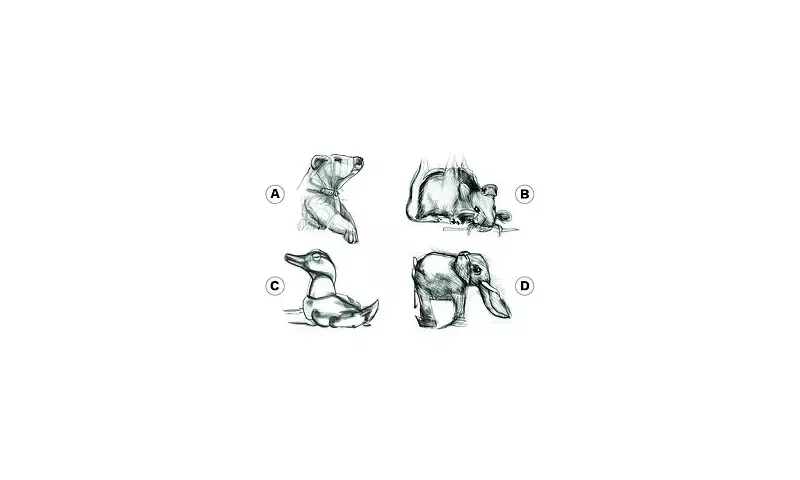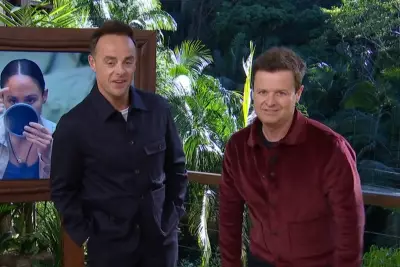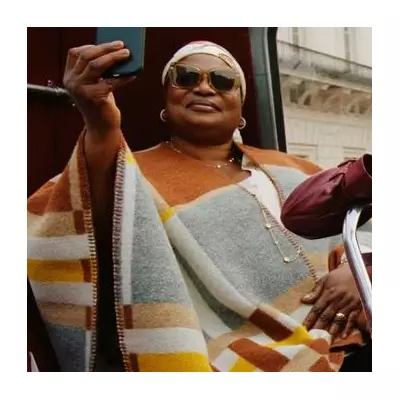
In a stunning breakthrough that challenges everything we thought we knew about human vision, scientists have discovered why some individuals can instantly spot concealed animals while others stare blankly at the same image. This revolutionary research from the University of Sydney reveals fundamental differences in how our brains process visual information.
The Science Behind Seeing What Others Miss
The study, published in the prestigious journal Cognition, demonstrates that perception isn't simply about having 'good eyesight' but involves complex neural processing that varies significantly between individuals. Researchers showed participants images where animals were cleverly camouflaged within their natural environments.
"Some people spotted the hidden creatures in under two seconds, while others searched for minutes without success," explained lead researcher Dr. James Harrison. "This isn't about intelligence or effort - it's about fundamental differences in how our visual systems are wired."
What This Means For Everyday Life
These findings have profound implications beyond laboratory settings. The research helps explain why:
- Some drivers spot pedestrians more quickly than others
- Radiologists vary in their ability to detect abnormalities
- Security personnel differ in threat identification
- Birdwatchers and naturalists develop their spotting skills
The Brain's Visual Processing Secrets
Using advanced eye-tracking technology and brain imaging, the team discovered that successful 'spotters' don't actually scan images more thoroughly. Instead, their brains process visual information more efficiently, allowing them to recognize patterns and shapes that indicate hidden objects.
"It's not that they're looking harder - their brains are simply better at telling them what they're seeing," Dr. Harrison noted. "This happens at a pre-conscious level, before we're even aware of what we've detected."
Can You Train Your Brain To See Better?
The exciting news is that these perceptual skills aren't necessarily fixed. The research suggests that with targeted training, most people can significantly improve their ability to detect hidden objects.
- Practice with visual puzzles and hidden object games
- Learn to recognize animal shapes and patterns
- Develop patience and systematic scanning techniques
- Train in specific environments relevant to your needs
This groundbreaking study opens new avenues for understanding human perception and could lead to improved training methods for professionals in security, medicine, and wildlife conservation. The way we see the world is more complex and individual than anyone previously imagined.




